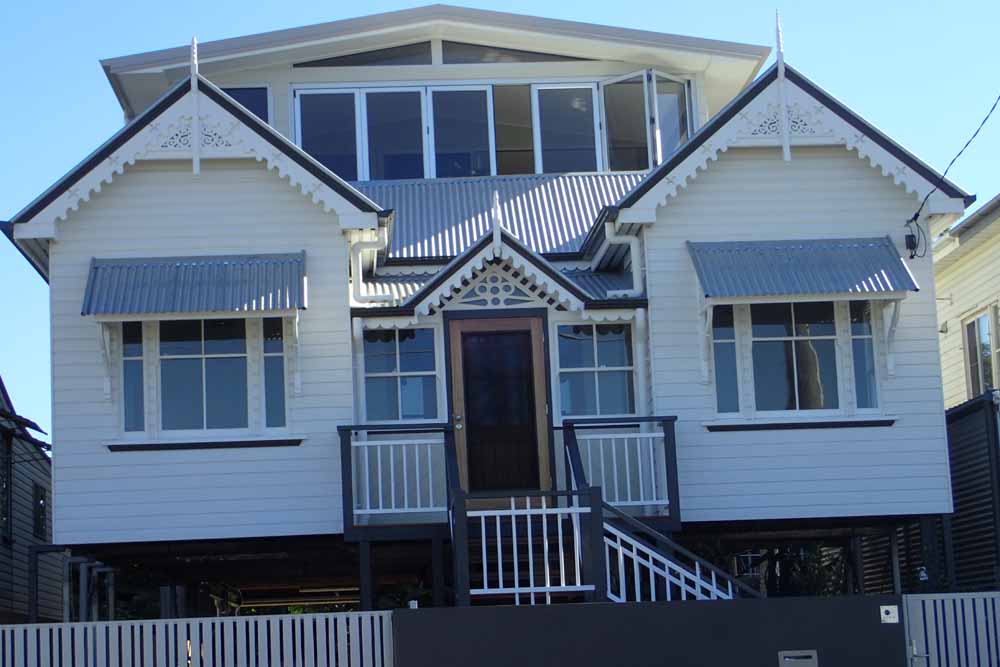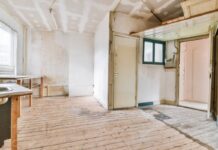It’s all the rage, raising a house up, building in underneath and turning a tiny worker’s cottage into a large family home. In Brisbane’s crazy property market, and all along Queensland’s coast, there are even second or even third-story additions, where homeowner builds onto their existing roof to try to capture those big-dollar sea views. For investors, a rental property that can be split for dual tenancy presents a tempting investment but it carries complex risks too. While buying a two-storey home has tons of benefits, it carries more risks than a “built that way” property.
What red flags to look for in second storey additions
While this may come as a shock, (it probably won’t), not all tradies are honest. Not all builders are good at their jobs. Not all renovations are well-funded. If you’re buying an investment property with a second-storey addition, the seller may have cut every financial corner possible to maximise their profit on the property. Make sure you get thorough building inspections done. Go beyond the building and pest inspection and get the building structurally examined before you sign.
Is the house structurally sound?
Just because adding a second storey has benefits doesn’t necessarily mean it’s a good idea. If a second storey has been added onto an unsuitable original home that isn’t structurally sound, it raises plenty of red flags. Quite often, second storeys are added without the advice of an architect or registered builder. Adding a second story adds a substantial amount of extra weight to the existing house and some houses, particularly older ones, simply cannot handle that much pressure.
Also, when a second storey is added, so are electricals and plumbing work. If a registered (and reputable) builder wasn’t used to carry out this work, it’s highly likely there could be some hidden problems. This is where a building inspector is absolutely necessary. They will identify whether the house is structurally sound. They’ll check the structures, particularly roofing and the foundations during a pre-purchase inspection. The outcome of this inspection will help you determine if you want to proceed with the purchase or not.
Has the second storey been fully Council-approved?
In Brisbane, a renovation as extensive as a second story addition requires planning and/or building approval and/or other permits from the Brisbane City Council or local council. These approvals and permits are to ensure the renovation complies with local zoning regulations, the neighbourhood plan and building standards if the property is in a fire, flood or cyclone zone. If an extension to add a second storey was carried out without the owner gaining any council approval, it will put you, the buyer, at risk if you purchase the property. You could risk having to spend a lot of money to get the structure approved, rebuilt or even knocked down! To check if a property has the necessary building approvals, click here.
Rental Property Considerations
If you plan to rent the property, does the addition comply with rental laws? If you want to rent out downstairs separately, does it meet ceiling height regulations, are there adequate fire escape routes, is the smoke alarm system compliant – before you buy a second storey addition property to rent, consider that it’s suitable for purpose.





